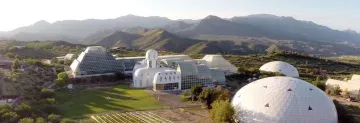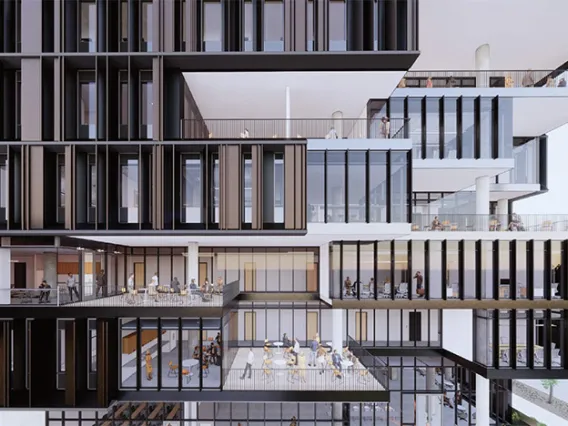Facilities
Molecular Structures Core
Analytical & Biological Mass Spectrometry
At the Analytical & Biological Mass Spectrometry Facility (ABMS), we have state-of-the-art equipment and unparalleled expertise for the analysis of a variety of biological and small molecules. One of our specializations includes protein-analysis encompassing: protein identification, protein and peptide sequence confirmation, intact protein molecular weight determination, complex protein sample analysis, and protein/antibody-drug interactions. In addition to proteomics, the ABMS team has developed an in-house metabolomics library (currently containing >700 compounds) to support metabolomic and lipidomics analysis, enabling the interrogation of the underlying metabolomic and lipidomics profiles. Through this proteomics, metabolomics, and lipidomics analysis, a greater in-depth and multi-omics profiling is achieved.
Biosphere 2
A living laboratory for controlled scientific studies of Earth systems, an arena for scientific discovery and discussion, and a provider of public education.



